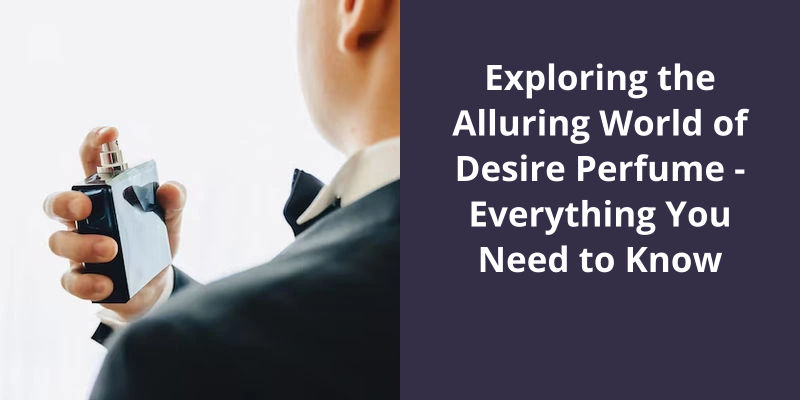Dipropylene glycol (DPG) oil, a versatile and indispensable ingredient in the world of fragrance, finds it’s myriad of uses in various applications. From playing a crucial role in incense making to being a key component in perfumes and fragrance body oils, DPG oil offers a range of benefits and functionalities. It’s ability to blend seamlessly with other fragrance ingredients not only enhances scent longevity but also ensures a smooth and balanced olfactory experience.
Is DPG Oil Soluble?
DPG oil, also known as dipropylene glycol, is widely used in various industries for it’s excellent solvent properties. One of the notable characteristics of DPG oil is it’s solubility. It’s soluble in water, soap bases, and oils, making it a versatile and valuable ingredient in many applications.
It can be easily incorporated into lotions, creams, and serums, providing a smooth and lightweight texture.
Moreover, DPG oils solubility in soap bases makes it a desirable additive in the soap and detergent industry. It aids in the formation of a stable and consistent foam, enhancing the cleansing properties of the final product.
By dissolving in oils, it acts as a carrier for aromatic compounds, facilitating their dispersion and increasing their longevity. This makes DPG oil an essential ingredient in perfumes, colognes, and scented oils.
This makes it an excellent solvent for materials that require prolonged or continuous contact, such as in antiperspirants and deodorants. It ensures that the active ingredients remain dissolved and effective over an extended period.
This characteristic makes it a versatile and valuable ingredient in various industries. It’s solubility allows for easy incorporation into personal care products, enhances the properties of soaps and detergents, facilitates the dispersion of fragrances and flavors, and ensures the stability of active ingredients.
When it comes to making incense, the ratio of DPG to oil plays a crucial role. DPG, known for it’s ability to bind fragrance to incense sticks or cones, is commonly used in incense production. Typically, a ratio of 2 parts DPG to 1 part fragrance or essential oil is employed to create a slow-burning and aromatic incense experience.
What Is the Ratio of DPG to Oil?
DPG, or Dipropylene Glycol, oil is a widely used ingredient in various industries, including the production of incense. It’s primary function in incense making is to facilitate the binding of fragrances to the stick or cone materials, allowing for a slower, more controlled burning process. To achieve the desired effect, a specific ratio of DPG to oil is recommended.
In the case of incense, the ideal ratio is generally 2 parts DPG to 1 part fragrance or essential oil. This specific proportion ensures that the fragrance or essential oil is effectively absorbed by the DPG, resulting in a homogeneous mixture that evenly distributes the scent throughout the incense material. The binding properties of DPG prevent the scent from dissipating too quickly, allowing for a longer-lasting and more aromatic incense experience.
The Properties and Uses of Dipropylene Glycol (DPG)
Dipropylene Glycol (DPG) is a colorless, odorless liquid with a low volatility. It’s a variety of properties that make it useful in various applications. DPG is commonly used as a solvent, particularly in industries such as cosmetics, fragrance, and personal care products. It’s also used as a diluent in fragrances, a coalescing agent in paints and coatings, and a viscosity reducer in printing inks.
DPG has excellent solubility, which allows it to dissolve a wide range of substances. This makes it an ideal ingredient in products such as perfumes, lotions, and soaps. It’s low volatility ensures that fragrances remain stable and long-lasting.
In addition to it’s use in the cosmetic and fragrance industry, DPG also finds application in other sectors. It’s utilized as a coolant and heat transfer fluid in various industrial processes. It’s low toxicity and high boiling point make it suitable for this purpose.
Overall, DPG oil is a versatile substance with many practical uses across different industries, thanks to it’s solubility, stability, and favorable properties.
Source: Calmer Solutions Dipropylene Glycol DPG
Moving away from traditional glycols, another potential substitute for DPG is MPO. With similar key properties to DPG, MPO presents an enticing alternative. Let’s take a closer look at how MPO compares to DPG in terms of various properties.
What Is a Substitute for DPG?
MPO and DPG are both glycols that share similar key properties, making MPO a potential substitute for DPG in various applications. First and foremost, both MPO and DPG are clear, colorless liquids that are soluble in water and many organic solvents. This solubility property allows them to be easily incorporated into various formulations and helps in achieving the desired consistency and blending of ingredients.
Furthermore, both MPO and DPG have similar surface tension properties, which affects the wetting and spreading behavior of a liquid. This characteristic is valuable in applications where proper wetting and adhesion are necessary, such as in paints, coatings, or adhesives.
Lastly, MPO and DPG exhibit comparable hygroscopicity, meaning that they’ve the ability to absorb and retain moisture from the surrounding environment. This property is beneficial in applications where moisture control is important, like in the manufacturing of certain pharmaceuticals or personal care products.
However, it’s crucial to consider specific requirements, compatibility with other ingredients, and any regulatory or performance standards that may influence the choice between MPO and DPG in each specific application.
Regulatory Considerations for Using MPO as a Substitute for DPG in Different Industries
- Food industry
- Pharmaceutical industry
- Cosmetics industry
- Chemical industry
- Automotive industry
- Textile industry
- Plastics industry
- Printing industry
- Packaging industry
Conclusion
It plays a central role in the production of incense, providing a stable base for the incorporation of aromatic oils and ensuring a consistent burn. It’s ability to bind and carry fragrance molecules makes it an invaluable tool for perfumers.





